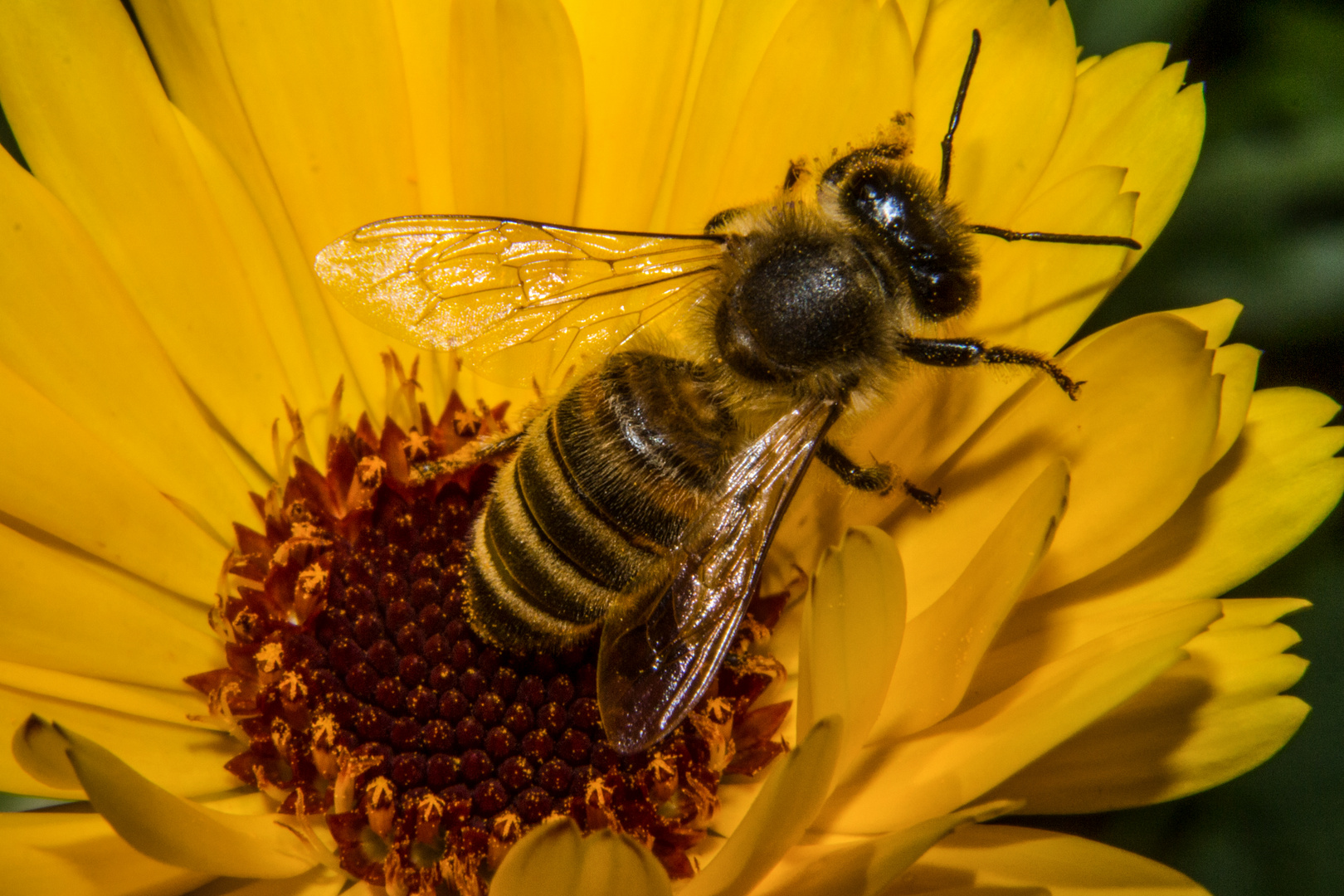
European Honey Bee, Apis mellifera Foto & Bild fotos, flower, nature Bilder auf
The European dark bee ( Apis mellifera mellifera) is a subspecies of the western honey bee, evolving in central Asia, with a proposed origin of the Tien Shan Mountains [3] and later migrating into eastern and then northern Europe after the last ice age from 9,000BC onwards.

apis mellifera mellifera bee with ivy pollen Native Queen Bees
This datasheet on Apis mellifera scutellata covers Identity, Overview, Distribution, Dispersal, Diagnosis, Biology & Ecology, Environmental Requirements, Natural Enemies, Impacts, Uses, Prevention/Control, Management, Further Information. Identity Preferred Scientific Name Apis mellifera scutellata Lepeletier Preferred Common Name africanized bee
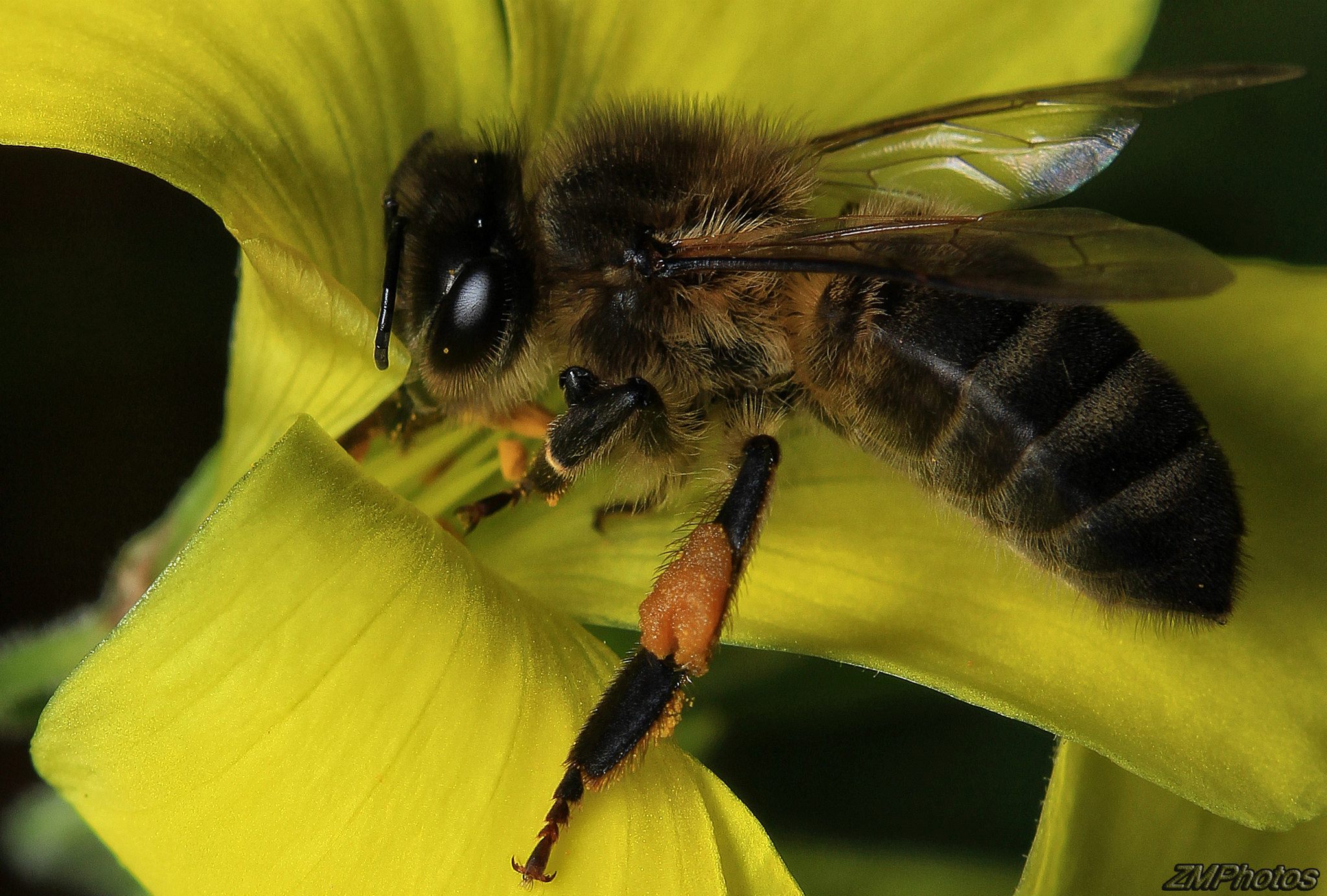
Apis mellifera FCT VIVA
Apis mellifera mellifera, classified by Linnaeus, 1758 (the European dark bee) originating in central Asia and migrating throughout northern Europe after the last ice age, it has the largest geographic range of all European honey bees. It was domesticated in Europe and imported into Britain during Roman times and Ireland during Christian times.

Dunkle Biene, Apis mellifera mellifera
Apis mellifera). honeybee, (tribe Apini), any of a group of insects in the family Apidae (order Hymenoptera) that in a broad sense includes all bees that make honey. In a stricter sense, honeybee applies to any one of seven members of the genus Apis —and usually only the single species, Apis mellifera, the domestic honeybee.

FileApis mellifera Western honey bee.jpg Wikimedia Commons
Apis mellifera Linnaeus (1758), a honey bee, is a eusocial insect widely known for its role in pollination, an essential ecosystem service for plant biodiversity, and quality of vegetables and fruit products.

Apis mellifera — Wikipédia
SperimentArea hosts an apiary of four colonies of Apis mellifera. In this study, 21 foraging bees of Apis mellifera from these four hives were tested in free flight. To limit as much as possible.

Apis mellifera mellifera—Honey Bee Beargrass Press
Its Latin name is Apis mellifera mellifera, and it was the dominant honeybee here since the last Ice Age, adapting to our changeable and unpredictable climate and thriving in all kinds of weather alongside our native bumblebees and solitary bees.

L'abeille noire (Apis mellifera mellifera)
"The Native Irish Honey Bee, Apis mellifera mellifera" focuses exclusively on the native Irish honey bee, featuring narratives on its evolution, genetics, history and conservation, with practical "How-to" sections on bee improvement, plus real-life stories from commercial beekeepers.
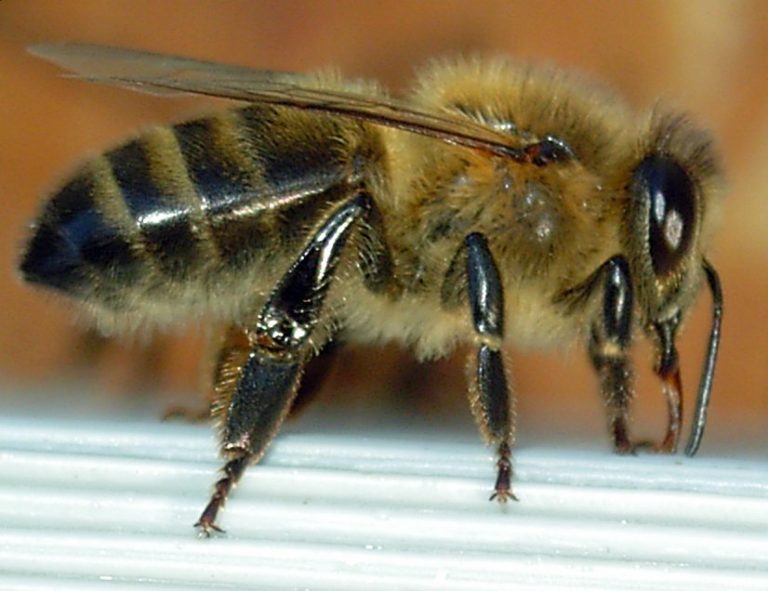
La préservation de l'Apis mellifera mellifera Naturapi Blog
Apis mellifera is native to Europe, western Asia, and Africa. Human introduction of Apis mellifera to other continents started in the 17th century, and now they are found all around the world, including east Asia, Australia and North and South America. ( Sammataro and Avitabile, 1998; Winston, et al., 1981) Biogeographic Regions
/17Apis02.jpg)
Factsheet Apis mellifera (The Honey Bee)
Introduction. Following the last glacial period, from approximately 110,000-11,000 years BCE, honey bees (Apis mellifera) retreated to the relative safety of the Iberian Peninsula and the Balkan Peninsula.Once the European glaciers had retreated, A. mellifera was free to re-colonize Europe with the C Lineages (A. m. ligustica, A. m. carnica, A. m. cecropia and others) in central Europe and.
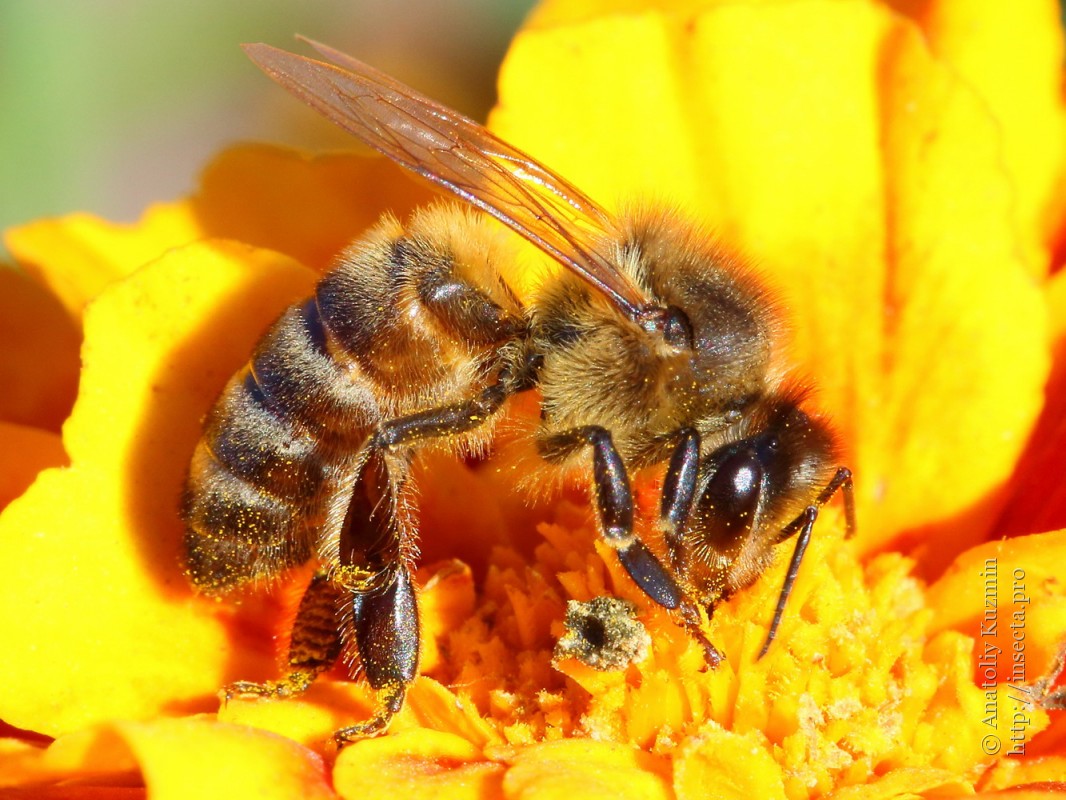
Photo 44182 Apis mellifera
This datasheet on Apis mellifera covers Identity, Overview, Distribution, Dispersal, Hosts/Species Affected, Biology & Ecology, Environmental Requirements, Natural Enemies, Impacts, Uses, Further Information. Identity Preferred Scientific Name Apis mellifera Linnaeus, 1758 Preferred Common Name European honeybee Other Scientific Names
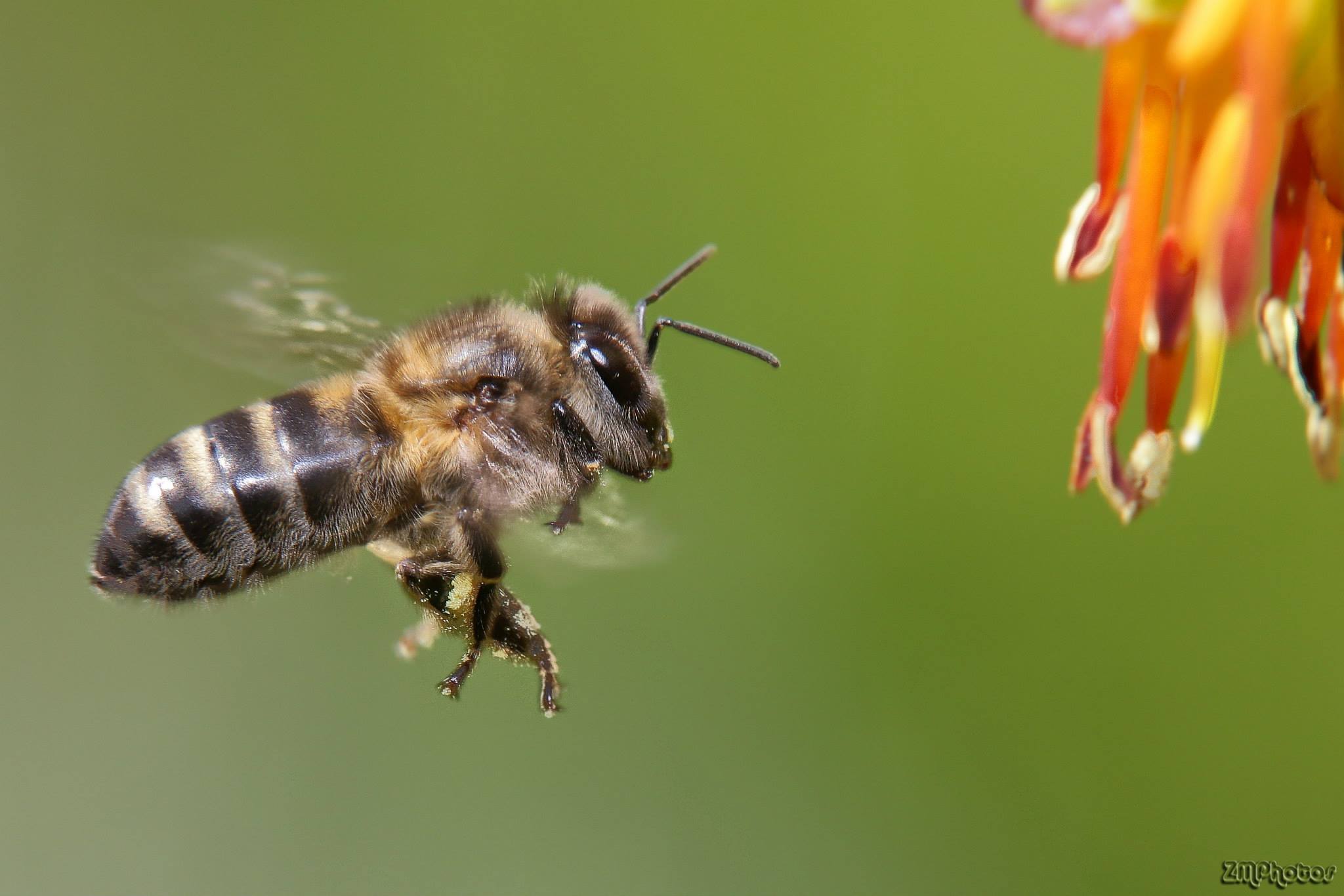
Apis mellifera FCT VIVA
It is fairly certain that the Dark European Honey Bee, Apis mellifera mellifera, has been native to mainland Britain since before the closing of the Channel Landbridge, when sea levels rose following the last Ice Age. They became isolated and adapted to the different conditions they found themselves in.
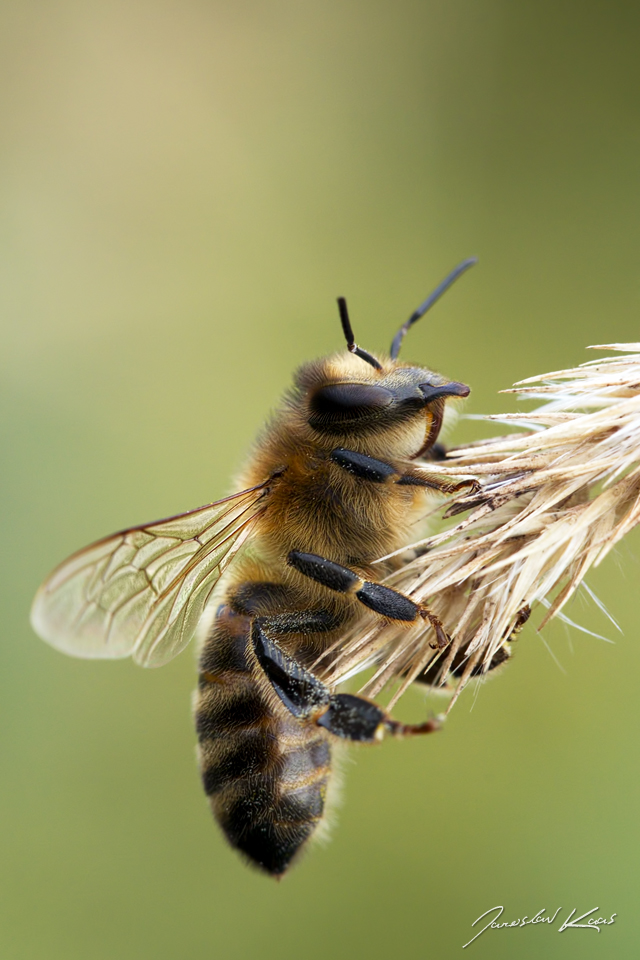
Včela medonosná tmavá / Apis mellifera mellifera / German honey bee, Staňkov Krchleby
Apis mellifera Honey bee Subspecies Taxonomy 1. Introduction The honey bee species Apis mellifera Linnaeus, 1758 is distributed in a wide range with various climatic conditions and is subdivided into numerous subspecies Ruttner, 1988, Sheppard et al., 1997, Engel, 1999 ).

Apis mellifera mellifera — Wikipédia
Apis mellifera mellifera, Linnaeus 1758 is a subspecies and northern geographical race of Apis mellifera, the western honeybee. It may be subdivided into many local ecotypes. Its various vernacular names include: "Dark European Honeybee" (English), "L'abeille noire" (French), "Die dunkle Biene" (German) and "Det mörka Nordiska Biet" (Swedish).
/18Apis03.jpg)
Factsheet Apis mellifera (The Honey Bee)
BIBBA, from its inception have advocated the use of the native bee Apis mellifera mellifera, the Dark European Honeybee. The latter name seems to have been used in recent years to describe this bee as it originally covered the area north of the Pyrennes and Alps right across Europe to the Ural mountains. Why use this bee when such a lot of good.
.jpg)
FileHoney bee (Apis mellifera).jpg Wikimedia Commons
Western honey bees ( Apis mellifera) are one of the most important pollinators of agricultural crops and wild plants. Despite the growth in the availability of sequence data for honey bees, the.